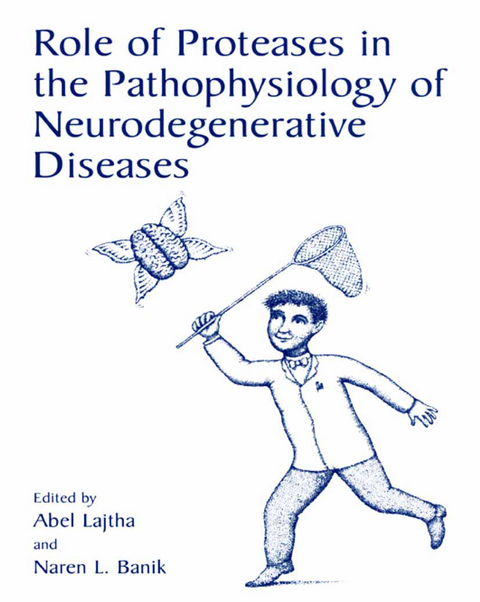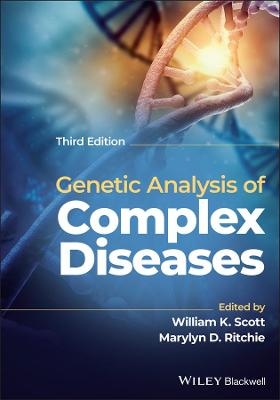
Role of Proteases in the Pathophysiology of Neurodegenerative Diseases
Kluwer Academic/Plenum Publishers (Verlag)
978-0-306-46579-6 (ISBN)
Dr. Lajtha is the editor of the Journal of Neurochemical Research.
The Role of Proteolytic Eenzymes in Autoimmune Demyelinating Diseases: An Update.- Proteases in Demyelination.- Calcium Activated Neutral Proteinase in Demyelinating Diseases.- Papain-like Cysteine Proteases and Their Implications in Neurodegenerative Diseases.- The Role of the Calpain System in Neuromuscular Disease.- The Role of Calpain Proteolysis in Cerebral ischemia.- Calpain Isoforms in the Eye.- Metalloendopeptidase EC 3.4.24.15 in Neurodegeneration.- Cysteine Proteases, Synaptic Degeneration and Neuroodegenerative Disorders.- The Ubiquitin/Proteasome Pathway in Neurological Disorders.- Amyloid (Tace, Bace) and Presenilin Proteases Associated with Alzheimer’s Disease.- Caspases in Neurodegeneration.- Therapeutic Approaches with Protease Inhibitors in Neurodegenerative and Neurological Diseases.- Pathophysiology of Central Nervpis System Trauma: Proteolytic Mechanisms and Related Therapeutic Approaches.- Lysosomal Cysteine Proteases and Their Protein Inhibitor.- Proteases and Their Inhibitors in Gliomas.- Proteolysis of Mutant Gene Products are Key Mechanisms in Neurodegenerative Diseases.- Mammalian Proteinase Genes.
| Erscheint lt. Verlag | 31.7.2001 |
|---|---|
| Zusatzinfo | XIV, 302 p. |
| Verlagsort | New York |
| Sprache | englisch |
| Maße | 178 x 254 mm |
| Themenwelt | Medizin / Pharmazie ► Medizinische Fachgebiete ► Neurologie |
| Studium ► 2. Studienabschnitt (Klinik) ► Humangenetik | |
| Naturwissenschaften ► Biologie ► Humanbiologie | |
| Naturwissenschaften ► Biologie ► Zoologie | |
| ISBN-10 | 0-306-46579-5 / 0306465795 |
| ISBN-13 | 978-0-306-46579-6 / 9780306465796 |
| Zustand | Neuware |
| Haben Sie eine Frage zum Produkt? |
aus dem Bereich


